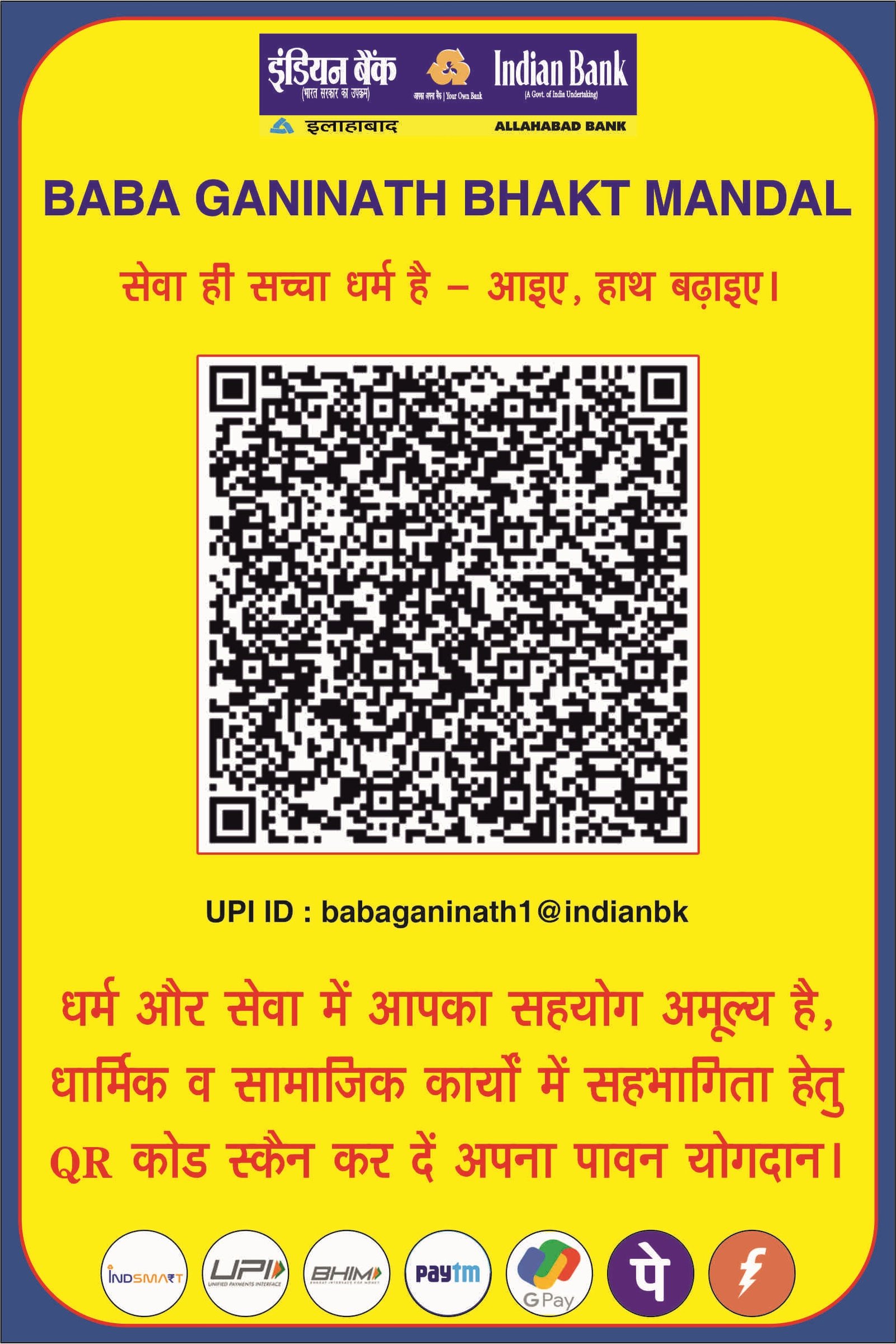
The handloom industry in India has been playing an imperative role in preserving India’s rich cultural heritage and socio-economic development of the country. National Handloom Day, observed on August 7 honors the handloom weavers of the country. It is a day that also recognizes the Swadeshi Movement which was launched on the same date in 1905.
Handlooms: Preserving India’s rich cultural heritage
Handlooms have been a significant face of India’s fight for freedom. Over the years, the sector became a symbol of our country’s rich and varied cultural heritage. During the days of freedom struggle, Gandhiji started the Swadeshi Movement which promoted the use of indigenous products. Khadi became a weapon and a symbol of India’s freedom, self-reliance, pride, and resilience.
Handloom: An Indian legacy
Handloom, an Indian legacy is the theme of 2021’s National Handloom Day celebrations. Weaving is an aesthetic, intricate art passed on from generations taking forward India’s cultural heritage, legacy, and empowering the lives and economy of the country.
From Kanjeevaram of Tamil Nadu to Punjab’s Phulkari, from Chanderi from Madhya Pradesh to Odisha’s Ikat, each Indian state has its own traditional handloom preserving in them the true essence of India. These handlooms are a window to India’s rich culture, heritage, beauty, and art to the world.
Plans for 7th National Handloom Day
The National Handloom Development Corporation (NHDC) is organizing a national level, “My Handloom My Pride Expo” at Dilli Haat, New Delhi from August 1 to August 15, 2021, to mark the 7th anniversary of National Handloom Day. Further, PM Narendra Modi has also urged the nation to buy Indian handloom products and showcase its grandeur by associating with #MyHandloomMyPride.
India & handloom industry
One of the earliest industries to be established in India, it accounts for 14% of the total Industrial production, contributes to nearly 30% of the total exports, and is the second-largest employer in the country after agriculture, employing more than 43 lakh weavers and allied workers.
The eco-friendling handloom industry aims to support weavers, link them directly with the market, provide inputs in terms of new designs and product diversification, facilitate weavers in the production of high value, good quality products by providing skill up-gradation, better technology, infrastructure, and easy availability of raw material and working capital.
The Government has also implemented a number of schemes to help achieve these objectives, like the National Handloom Development Programme (NHDP), Handloom Weavers Comprehensive Welfare Scheme (HWCWS), Comprehensive Handloom Cluster Development Scheme (CHCDS) and Yarn Supply Scheme (YSS).
Further, in 2015, the ‘India Handloom’ brand was launched to represent high-quality handloom products and was adopted to promote the production of niche handloom products with high quality, authentic traditional designs with zero defect and zero effect on environment.
So far, a total of 72 handloom products and 6 product logos have been registered under the Geographical Indications of Goods Act in India. To promote the export of handloom products, Handloom Export Promotion Council (HEPC) participates in various international fairs with the member handloom exporters to sell handloom products in the international markets.
Contribution of growth & development
India is also the largest consumer and the second-largest producer of cotton with 6 Mn tons of cotton production every year which is about 23% of the world cotton.
In terms of export, according to the Annual report 2016-17, Ministry of Textiles, the share of Indian handloom fabric in the world is 95% being exported to over 125 countries.
India is the second-largest exporter of handloom products in the world, with exports valued at US$ 353.9 million in 2017- 18. The domestic textiles and apparel industry contributes 5% to India’s GDP. FDI in the textiles and apparel industry has reached up to $3.75 bn till March 2021. Furthermore, exports of textiles and apparel are expected to grow to $65 bn by 2025-26
2nd largest employment provider
The handloom sector is the 2nd largest employment provider in the country, providing employment and empowerment to a large number of women in the country. Over 70% of handloom weavers and allied workers in the sector are women.
Darshana Jardosh, the Minister of State for Textiles also said that the ‘My Handloom My Pride Expo’ will give a big boost to the weavers and artisans in the pandemic period.
According to the 4th handloom census (2019-2020), a total number of 35.22 lakh handloom workers are engaged in the sector.
The sector is set on the right path towards making the weavers, the industry, and thus the nation Aatmanirbhar.


